| Picture/Logo | Project Title & Short Description |
|---|---|
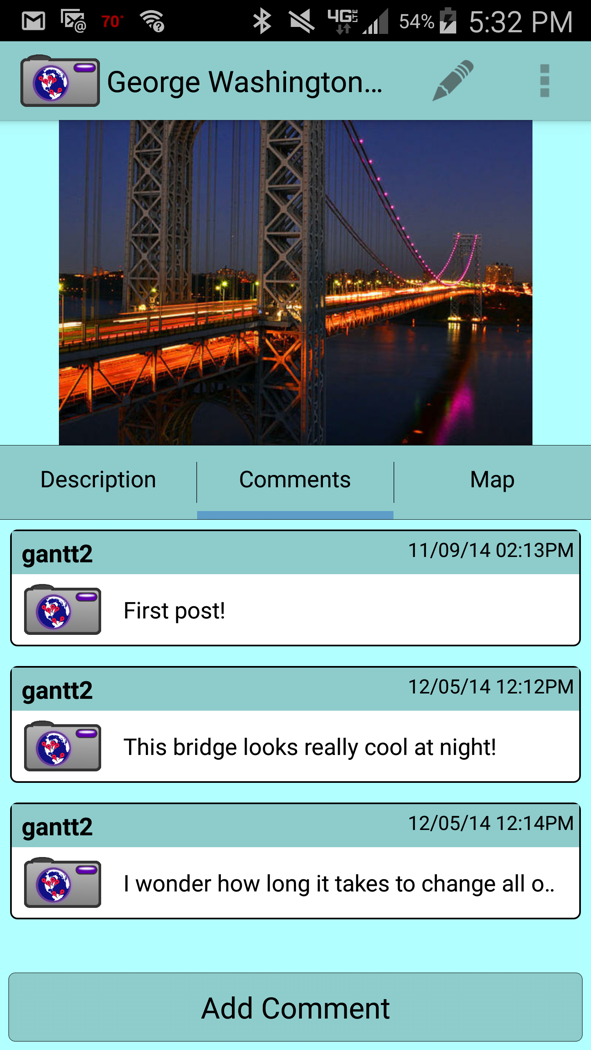 | Geotagger: A Collaborative Environmental Inquiry Platform Geotagger is a collaborative environmental inquiry platform that enables children and adults alike the opportunity to observe the world around them, document that observation, share it, and encourage discussion around that tagged item of interest. The main objectives are to leverage the rampant use of and affinity for technology to encourage people to observe the natural world around them and to share and discuss that information with peers and colleagues. Partially funded by PSEG |
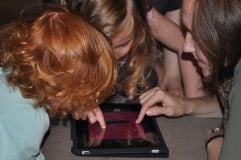 | Technologies for Families HCI researchers have demonstrated the importance of understanding users, and incorporating user needs and requirements into the design of technology. Researchers have explored design methodologies for adults and for children, and some have designed technologies for families. We have surveyed the literature in CHI and IDC to better understand how technologies are designed and developed for families, with a goal of addressing holistically the important user group of families. |
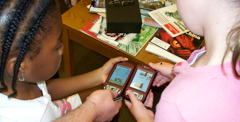 | Mobile Collaboration for Young Children (Video) Mobile devices can support the learning experience as children create narratives in various contexts. Mobile device limitations can be overcome by bringing people and devices together. In addition, social interaction and collaboration are essential to the emotional and cognitive development of young children. |
 | Mobile Gestures Touch devices such as smartphones and tablet computers have become a ubiquitous aspect of peoples daily lives. Gesture recognition algorithms have been developed for 2D gestures. We have been exploring 3D gesture recognition algorithms and applications. Partially funded by NSF REU |
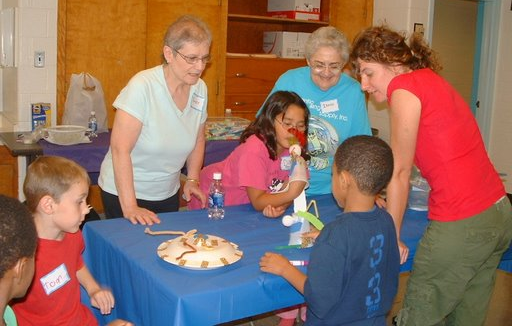 | Connecting Generations Expanding cooperative inquiry to bridge the gap between the “younger” and “older” generations. Designing with young children and older adults to create technologies that bridge the communication gap. |
 | Tangible Flags Using Tangible Flags, children on field trips can easily collaborate to create and connect digital information to the real world, but also have the flexibility to explore independently. |
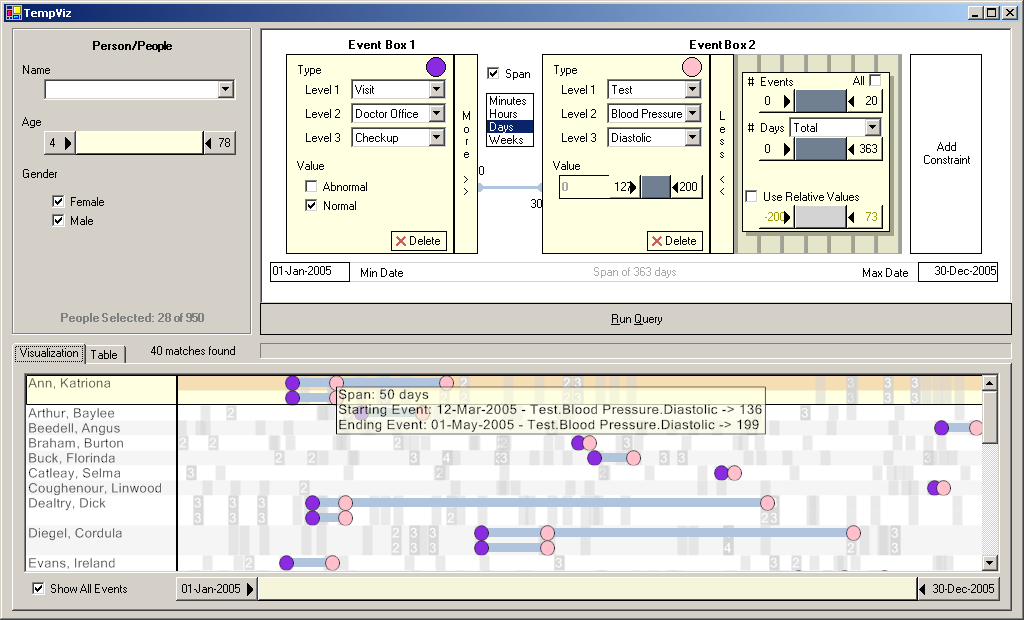 | PatternFinder An integrated interface for visual query and result-set visualization for search and discovery of temporal patterns within multivariate and categorical data sets. Pattern queries allow events, event sets, event attributes, and time spans to be specified so as to produce powerful queries that are difficult to express in other formalisms. |
 | Classroom of the Future Mobile and embedded technologies are created in partnership with pre-school children and teachers at the Center for Young Children. |
 | Mouse for Older Adults (unpublished) There are specific areas that are problematic for older adults when they use a mouse: size, shape, buttons, and clutching. These areas are founded with an ethnographic study, and then, using these principles as guides, a mouse that blends the positive characteristics of a mouse and trackball was designed, created and evaluated. Evaluations showed the new mouse was preferred by older adult users with no significant loss in performance power. |
 | Screen Crayons ScreenCrayons is a system for collecting annotations on any type of document or visual information from any application. The basis for the system is a screen capture upon which the user can highlight the relevant portions of the image. The user can define any number of topics for organizing notes. Each topic is associated with a highlighting “crayon.” |
 | Image Processing with Crayons (Master’s Thesis at BYU) Supports rapid perceptual user interface (PUI) prototyping by facilitating the creation of a visual classifier. Using this tool, image classifiers can be created in minutes not months. |
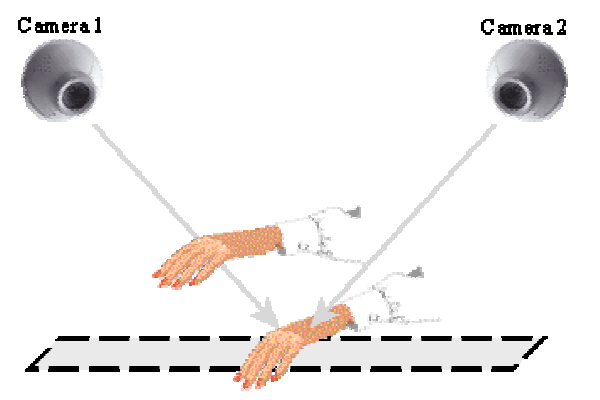 | Light Widgets A system for ubiquitous interaction that does not require users to carry any physical devices. In this system, the environment is instrumented with camera/processor combinations that watch users while protecting their privacy. Any visible surface can be turned into an interactive widget triggered by skin-colored objects. |